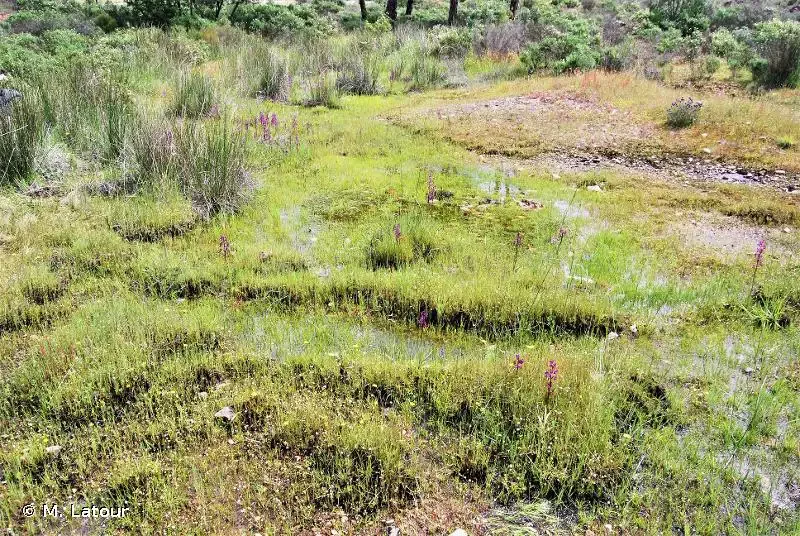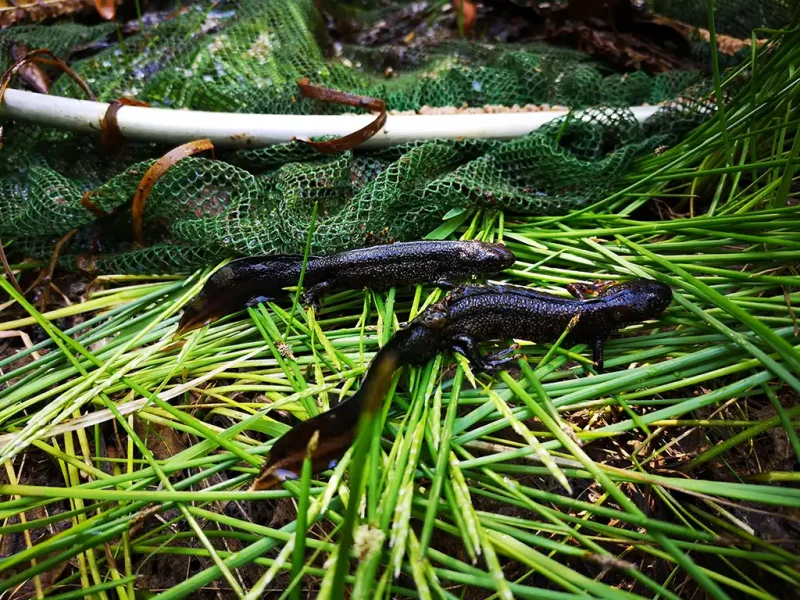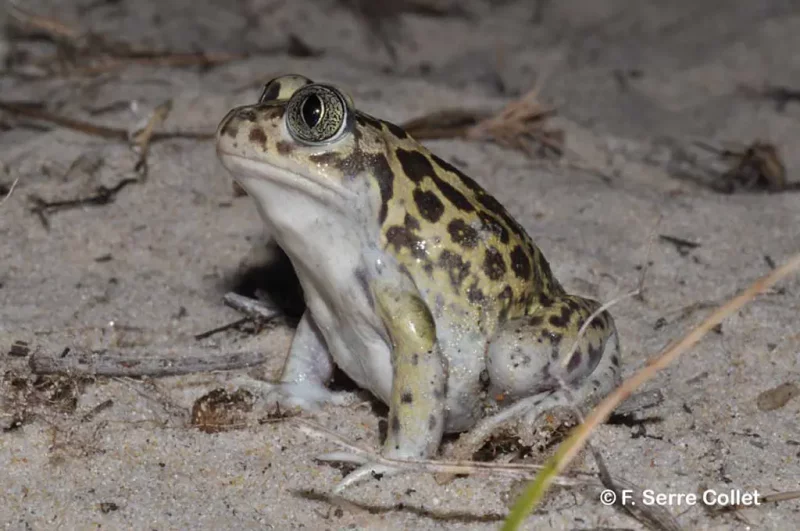Why is monitoring the impact of the measures in wet environments necessary?
Monitoring allows to assess the direct or indirect impact of the conservation measures, the work on creating or rehabilitating puddles, the creation of a toad tunnel and the fight against the Louisiana crayfish for targeted habitats and species of community importance in wet environments:
- The great crested newt
- The Western Spadefoot toad
- The Mediterranean temporary puddles, which form a habitat of community importance (H3170*) and are part of the habitat of the amphibian species mentioned above.


